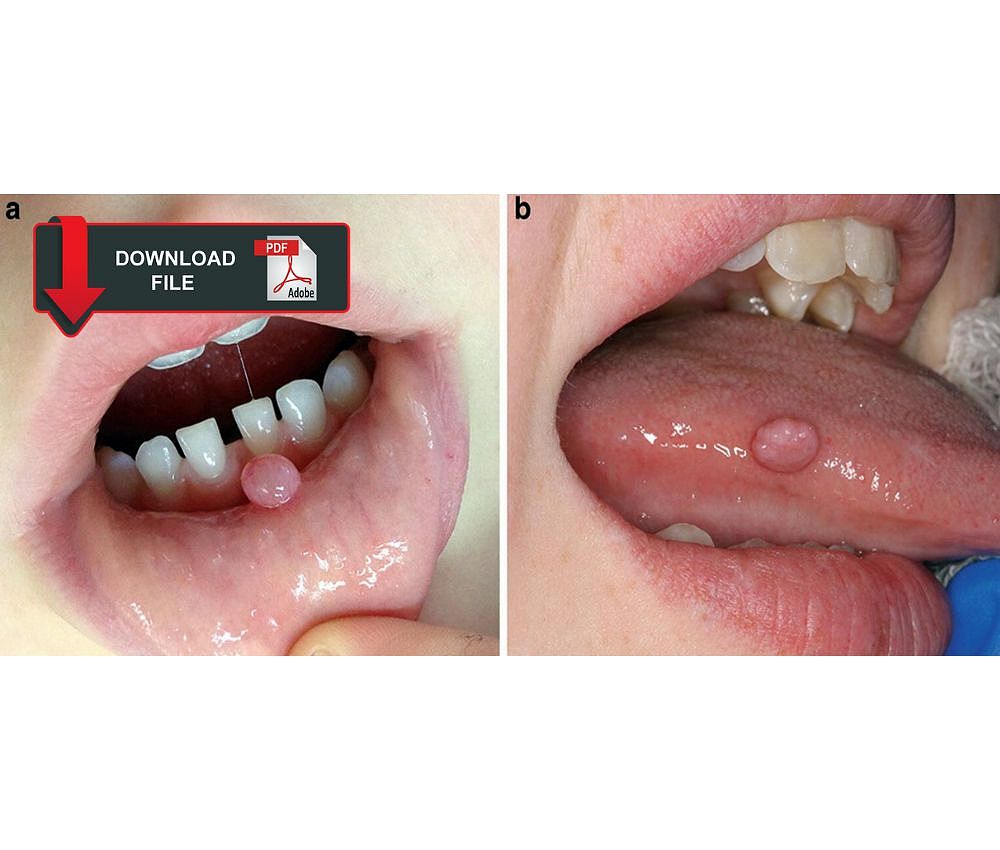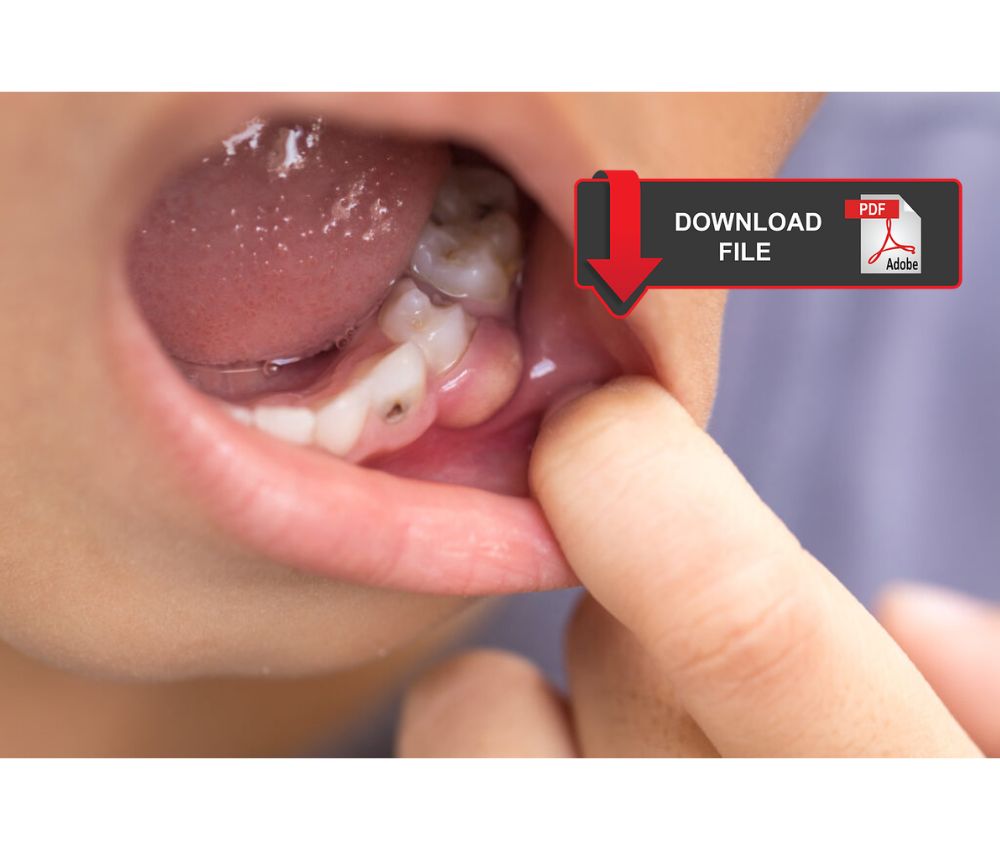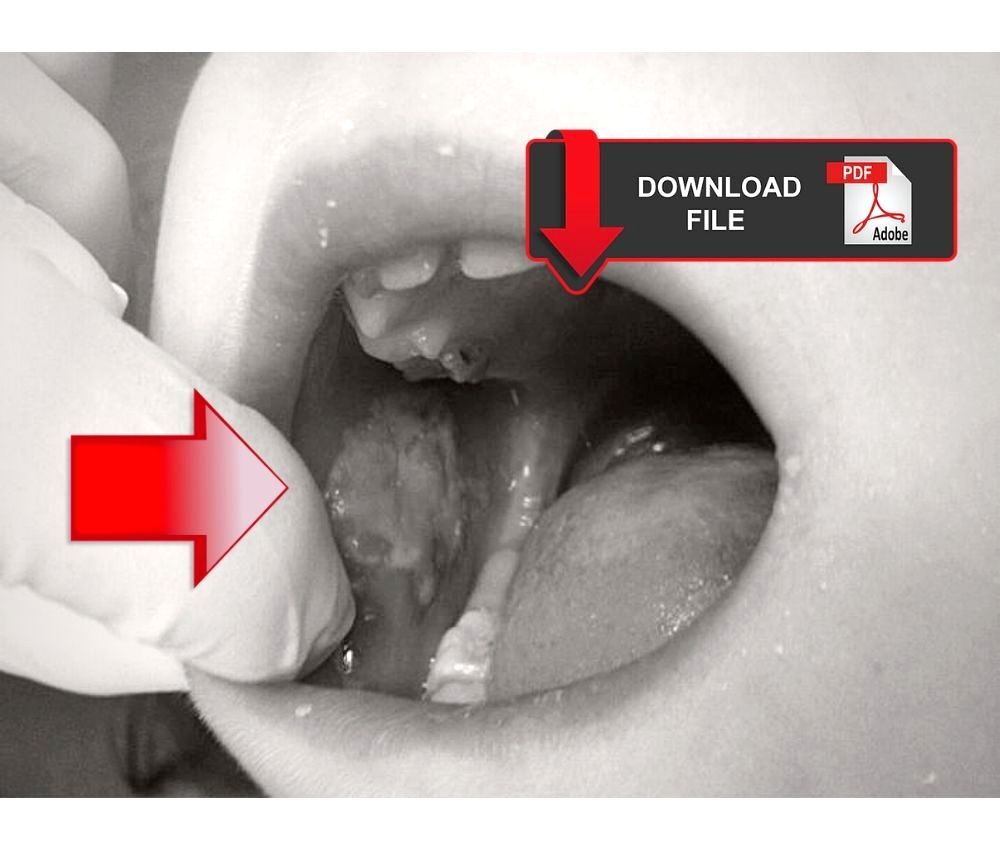Facial cellulitis is an infection, usually of odontogenic origin, that moves and evolves rapidly, putting the patient's general health at risk. The management of facial cellulitis in pediatric dentistry must be multidisciplinary.
In the initial stages, cellulite is of a soft consistency, in advanced stages it is hardened. The infant's immune system is diminished, so it is necessary to control and eliminate the causative agent.
Advertisement
We share an article that details the clinical characteristics, pharmacological and multidisciplinary management of odontogenic facial cellulite in children.
RECOMMENDED ARTICLE
Odontogenic facial cellulitis in a pediatric patient - Diagnosis, treatment and multidisciplinary management
Odontogenic facial cellulitis in a pediatric patient - Diagnosis, treatment and multidisciplinary management
Giunta Crescente C, Soto de Facchin M, Acevedo Rodríguez AM. Medical-dental considerations in the care of children with facial cellulitis of odontogenic origin. A disease of interest for pediatricians and pediatric dentists. Arch Argent Pediatr 2018;116(4):e548-e553
You may also like :
► Webinar - Minor Oral Surgery in Pediatric Dentistry
► Tooth Extraction Aftercare Tips
► Antimicrobial therapies for odontogenic infections in children and adolescents











